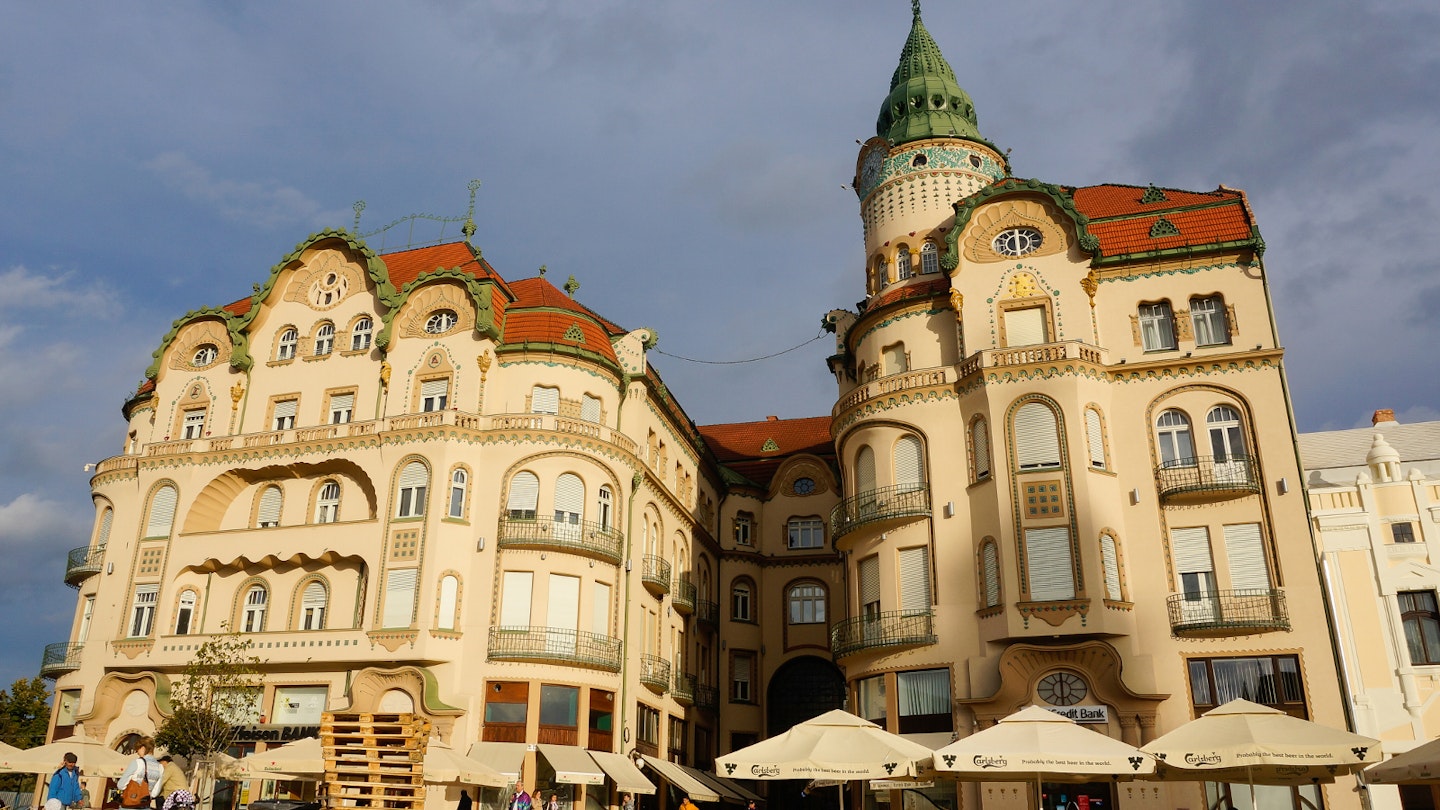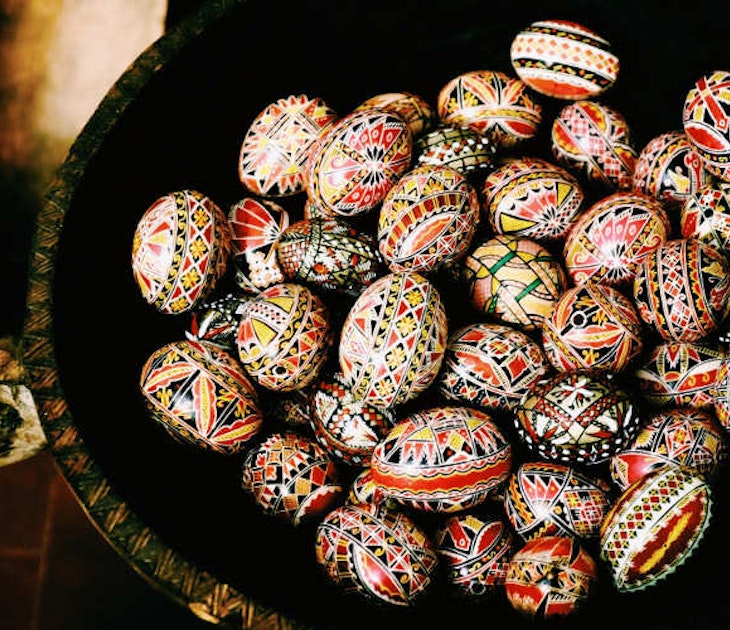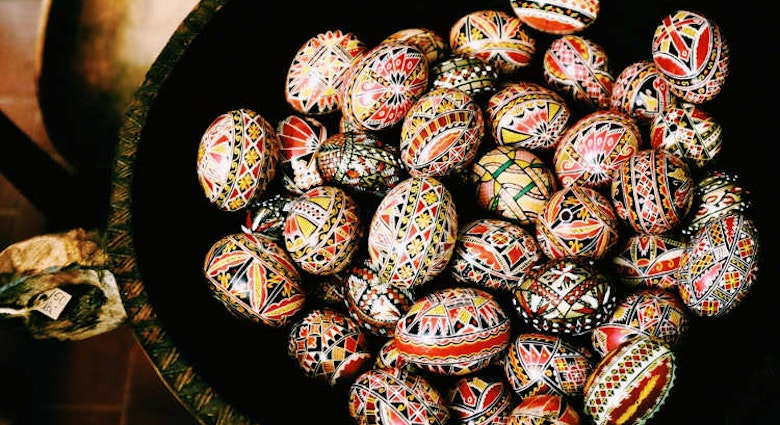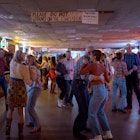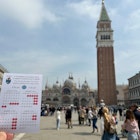You might have your eyes set on Transylvania for bucket-list bragging rights, but when it comes to travel around Romania, the western regions of Crişana and Banat are catching up and generating a buzz. With a slew of budget flights from Europe – and as natural stops for travellers coming overland from Hungary and Serbia – the cities of Oradea and Timişoara make a worthy addition to any Romanian road trip. Both are cost-friendly, booming with culture and reinvigorated with new looks.
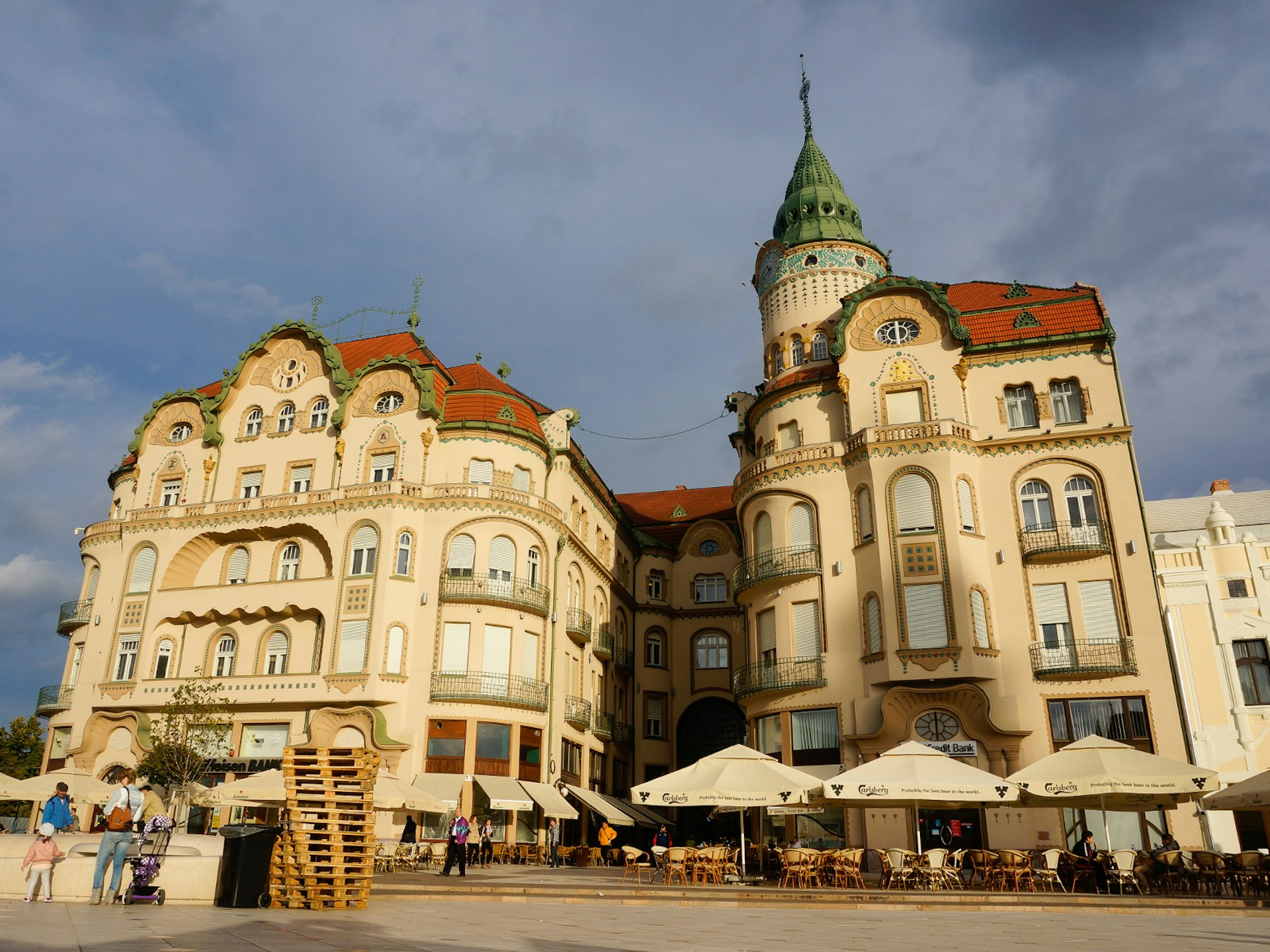
Just 10km from the border with Hungary, Oradea in Crişana region wows as Romania’s surprising art nouveau capital. Largely untouched by the woes of communism and its erratic urbanisation, Oradea has been a member of the art nouveau cities network since 2012 (along with other European cities such as Helsinki, Barcelona, Glasgow and Budapest); an intensive program of renovating historical monuments is continuing on until 2019. Located on the banks of Crișul Repede river, which cuts the city in two, Oradea is also sought after for its curative thermal springs due to its proximity to the Băile Felix resort.
The Union Square holds the most remarkable display of art nouveau architecture in the country, dating from the late 19th and early 20th century. The most fetching is the Black Eagle Palace, a spectacle for any architecture lover. With a resemblance to Galleria Vittorio Emanuele II in Milan, the dazzling palace was built on the site of the former Black Eagle Inn to house a theatre, ballroom, casino and offices. Recently spruced up, its passage stands out with its Y-shape and sharp curves, stained glass and elaborate chandeliers. Nearby, the baroque Moon Church earned its name thanks to the astronomical clock perched on top depicting the phases of the moon.

But notable monuments aren’t restricted to this sprawling square. A walk on and around Republic Street provides a rewarding experience, with monuments galore outside the tourist area. The distinctive Darvas–La Roche House, completed in 1912 in Viennese Secession style by brothers László and József Vágó, is set to host the new Art Nouveau Museum following an extensive renovation. Showcasing Oradea’s long, complex history, Oradea Fortress (reopened in 2015) embodies its most impressive architectural renovation project and is the symbol of the city due to its bastions and pentagonal shape. The interior offers a modern take on late medieval architecture, and visitors can even sleep at the Hotel Cetate inside the citadel.
Architecture aside, Oradea is a city of festivals. The Toamna Orădeană (Oradean Autumn) – at its 26th edition in 2017 – is a great time to visit, with four days of concerts, street food, theatre performances and more. The foodie scene is visibly growing, thanks to MEATic, the newest restaurant from Adrian Hădean (one of Romania’s most respected chefs), and the city’s first speciality coffee shop, Street Coffee Roasters. For a mid-size city, Oradea has proven in recent years to be very progressive: its low-floor Siemens trams are the same as the ones seen on the streets of Vienna, and Oradea City Card (including a handy city app) for visitors was recently introduced.

Three hours’ drive south, there’s a reason why the population of Timișoara in Banat region doubled in the last five years. Romania’s third-largest city was the first in mainland Europe to introduce electric street lighting (in 1884); it’s also ‘The First Free City’ where the sparks of the Revolution against Ceauşescu’s regime were ignited in 1989. Timișoara’s current slogan – ‘Light up your city!’ – stands truer than ever: it carries the torch into 2021 as the European Capital of Culture. A full program of events will be announced in 2020, to include collaborative projects with neighbouring Hungary and Serbia.
‘The city needed a common project to be united again, to reignite the spark that fell dormant following the start of the Revolution,’ says Simona Neumann, the Executive Director of Timișoara 2021. With the help of volunteers, NGOs and a string of independent artists – not only major cultural institutions – the association is hard at work educating the community and reclaiming many abandoned industrial spaces, to be converted into cultural centres: MultipleXity will be launched as a hub for the creative industries facilitating international exchange.
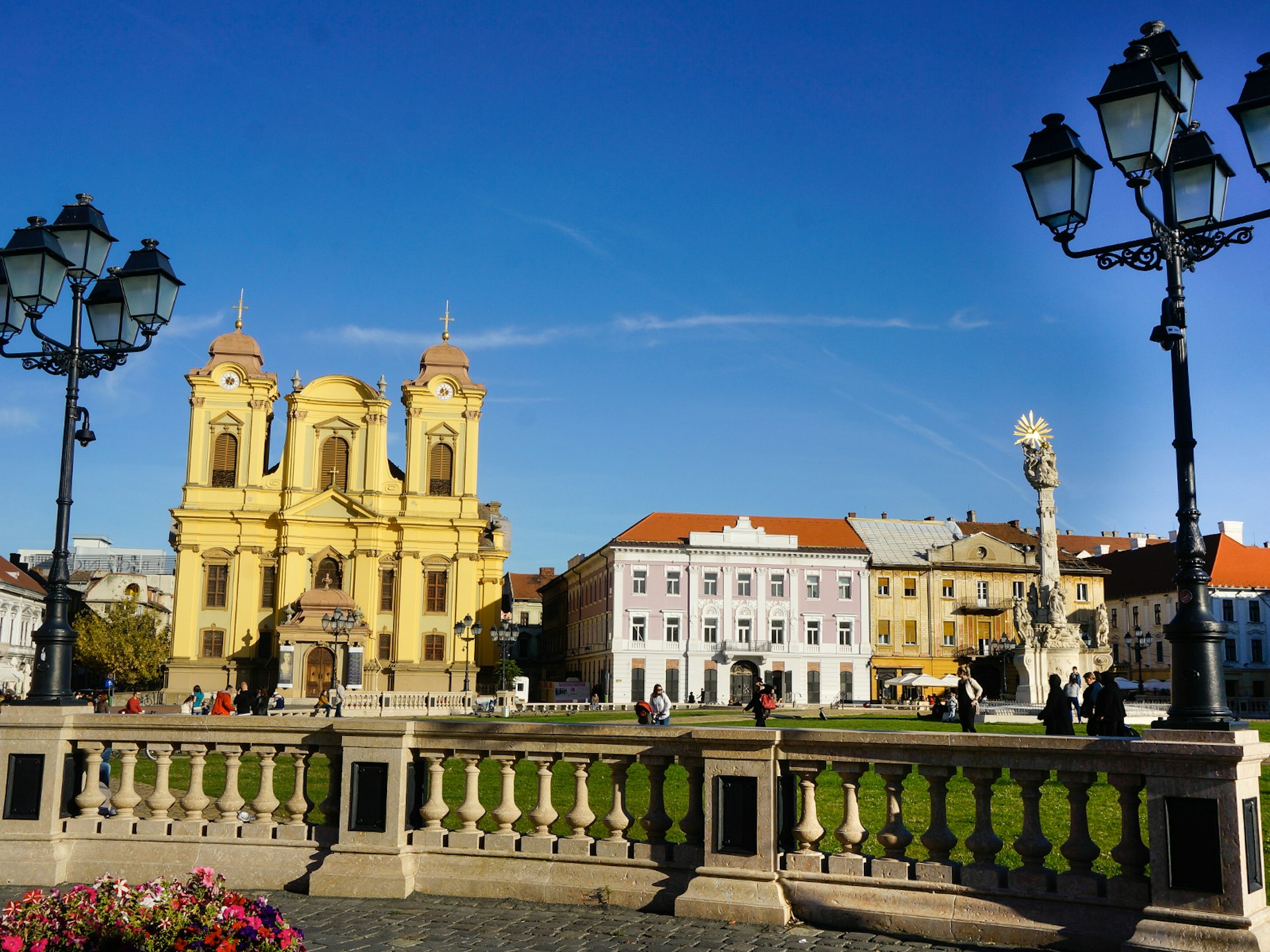
The city has always been artistically progressive. At the Timișoara Art Museum, housed in a grand baroque palace, the reenactment of the Sigma exhibition (returning in spring 2018) from Bucharest’s Kalinderu Hall in 1968 is the best example: the five young artists from Timișoara became the pioneers of Romanian avant-garde. During the Art Encounters 2017 – whose inauguration took place inside a former tram depot (now Museum of Transport) – the biggest Contemporary Art Biennale in Romania gathered over 150 artists from all over the world.
As part of the rebranding effort, the restoration of historical monuments has reinstated the Viennese crayon-like look of picturesque Union Square, with efforts continuing in the coming years all across the centre. At the confluence of cultures throughout its history – from Turkish to Austro-Hungarian, Serbian, Jewish and others – Timișoara sets an example of multiculturalism: the Roman Catholic Cathedral faces the Serbian Orthodox Church across the square. Today, the city counts a whopping 29 ethnic groups (and 11 religions), with the Italian and Spanish communities its most significant post-1989 Revolution, beside the already substantial German and Austrian presence.
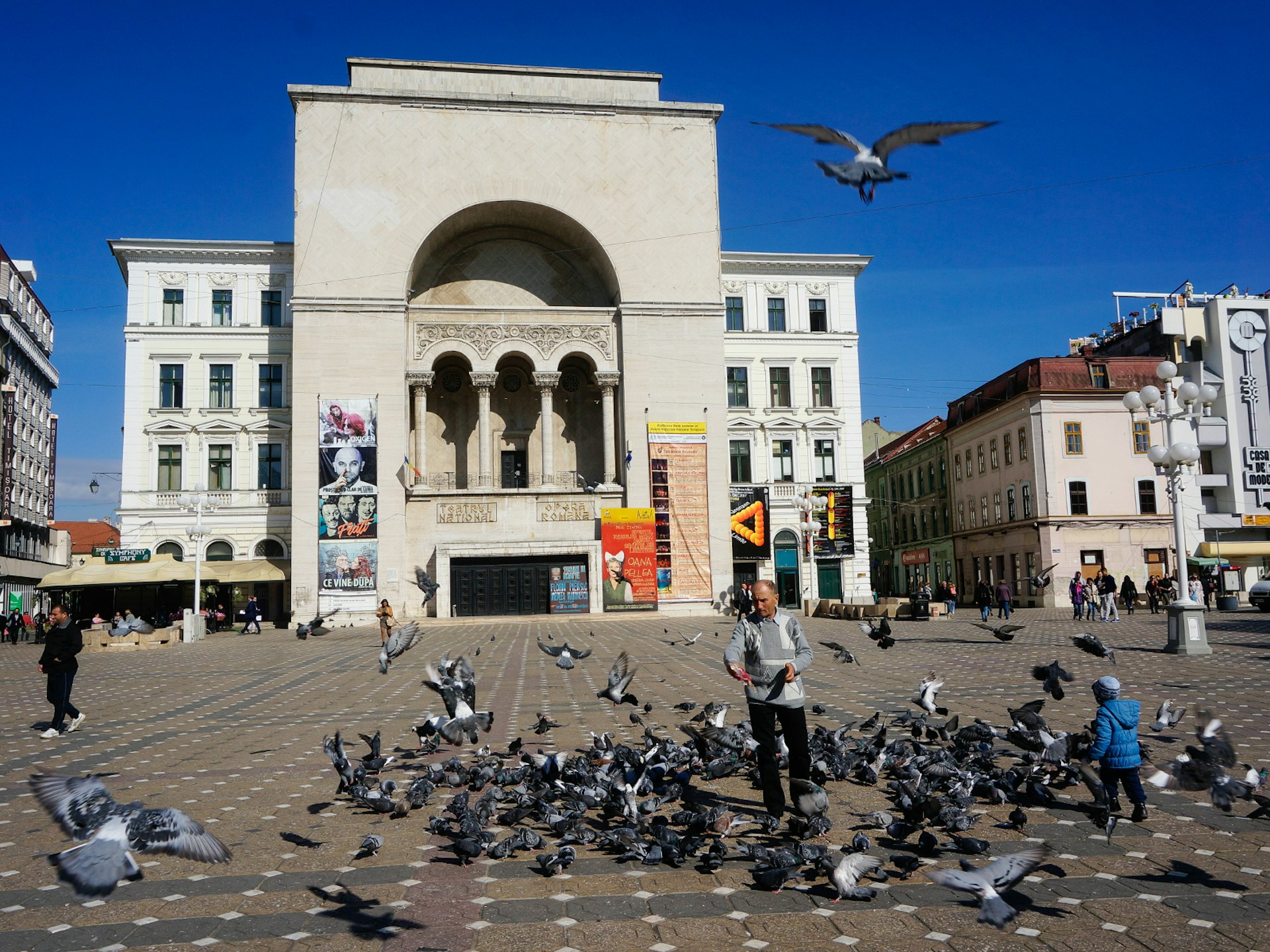
Easily explored on foot, Timișoara is a city full of architecturally arresting squares and sprawling parks and cafes along the Bega river. Victory Square, filled with some of Europe’s finest examples of Secessionist architecture, is a good place to start. Dominating the cityscape is the Orthodox Metropolitan Cathedral with Byzantine architecture inspired by Bucovina’s monasteries and an impressive interior. Directly facing it, the Romanian National Opera shares the Renaissance-style building with the National Theatre; the performances come at bargain prices. Craft Rooftop beer garden is the newest it place in town, offering a beautiful panorama of the entire square. While you’re there, stop for coffee and smiles at Ovride Specialty Coffee or all-day breakfast at popular Neața Omelette Bistro.
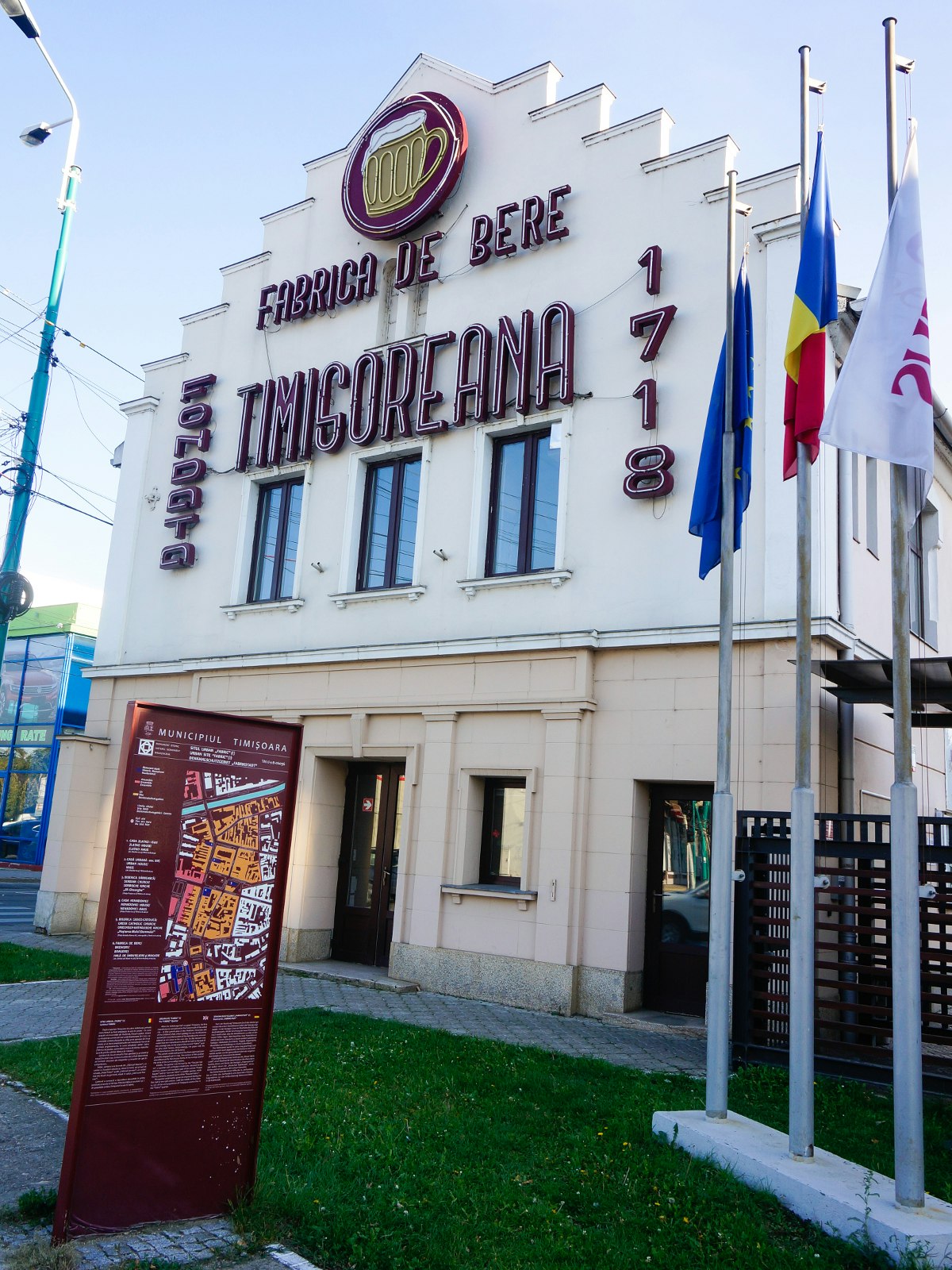
Timișoara also has an alternative side in its Fabric quarter, home to factories and mills from back in the day including the first brewery in Romania, Timișoreana (1718). Don’t miss the Communist Consumers Museum, perhaps the city’s quirkiest attraction – a cafe bedecked with vintage, pre-1989 communist trinkets. ‘Our main goal is to leave a legacy beyond 2021, and to bring culture into neighbourhoods and disadvantaged communities so far ignored,’ Neumann concluded.
Monica Suma travelled to western Romania with support from Visit Oradea and Timisoara 2021 European Capital of Culture. Lonely Planet contributors do not accept freebies in exchange for positive coverage.

